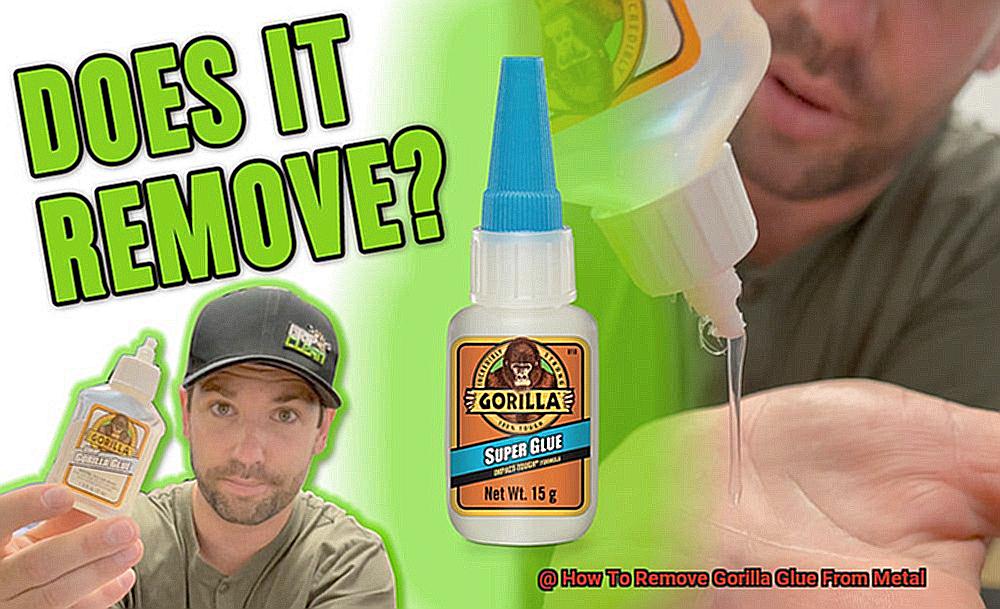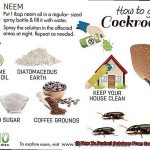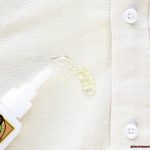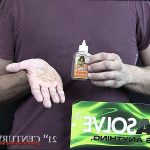Gorilla Glue may be a powerful adhesive, but sometimes it creates bonds that you don’t want to last forever. If you’re struggling to remove Gorilla Glue from metal surfaces, you’re not alone. It can be a daunting task, especially if you don’t know where to start. But don’t fret – we’ve got some good news for you: it can be done.
Whether it’s a repair gone wrong, an accidental spill, or simply wanting to remove old glue residue, getting rid of Gorilla Glue from metal surfaces can feel like an impossible feat. However, with the right tools and techniques at your disposal, removing Gorilla Glue from metal is a breeze.
In this blog post, we’ll explore effective tips and tricks that will help you remove Gorilla Glue from metal surfaces quickly and easily. We’ll guide you through the step-by-step process and provide all the essential information you need to know about removing Gorilla Glue from metal.
From using common household items to specialized cleaning products, we’ve got your back. So get ready to bid farewell to that stubborn Gorilla Glue on your metal surfaces with ease.
What is Gorilla Glue?
Contents
Look no further than Gorilla Glue – a popular brand of polyurethane-based adhesive that’s been trusted by DIYers and professionals alike since the late 1990s.
One of the most impressive features of Gorilla Glue is its ability to bond to almost any surface. Whether it’s metal, wood, ceramic, stone, or something else entirely, this glue is up to the task. Its expanding properties allow it to fill gaps and create a strong bond even on uneven surfaces, making it an ideal choice for a wide range of projects.
However, like any powerful tool, Gorilla Glue can be challenging to work with if not used properly. The glue requires moisture to activate and expand, so it’s important to dampen one of the surfaces before applying the glue. And once the glue has dried, excess residue can be difficult to remove – especially from metal surfaces.
There are several effective methods for removing Gorilla Glue from metal surfaces depending on the type of metal and the amount of residue.
One popular option is acetone – a strong solvent that can dissolve Gorilla Glue quickly and efficiently. If you’re dealing with smaller amounts of residue or prefer a milder option, rubbing alcohol or vinegar could do the trick.
And if the glue has hardened onto the surface, mechanical methods such as sanding or using a wire brush may be necessary – just be sure to wear protective gear.
What is Metal?
Metal is a fascinating material that’s all around us. It’s a solid substance that’s typically hard, shiny, and an excellent conductor of electricity and heat. Metal atoms are tightly packed together, with the outermost electrons being able to move freely, which is why they conduct electricity so well.

There are countless types of metals in the world, each with its own unique physical and chemical properties that make them perfect for various applications. For example, iron’s strength and durability make it ideal for construction projects, while copper’s exceptional conductivity makes it perfect for electrical wiring.
One of the most remarkable things about metal is its ability to form alloys. Alloys are created by mixing two or more metals or a metal with another element. This process can enhance their existing properties or create entirely new ones altogether. Brass, for example, is a copper and zinc alloy that has a distinctive golden hue and is frequently used in decorative applications.
Metal has been an essential part of human civilization for thousands of years, and we continue to rely on it today. It’s used in many industries, including construction, transportation, and electronics. From creating structures to crafting tools and weapons, metal has played a critical role in shaping our world.
Why Is Gorilla Glue Challenging to Remove from Metal?
Metal surfaces are known for their strength and durability, but even the toughest materials have their weaknesses. And when it comes to removing Gorilla Glue from metal, it can be quite the challenge. As an expert on the topic, I’ve done my research and have some fascinating insights to share.
Gorilla Glue is a polyurethane-based adhesive, meaning that it chemically bonds with the surface it is applied to. When it comes into contact with metal, it reacts with the moisture in the air and begins to cure. As it cures, it expands and hardens, creating an incredibly strong bond with the metal surface. This chemical bond is what makes removing Gorilla Glue from metal so challenging.
In addition to its chemical makeup, Gorilla Glue is resistant to solvents. Most solvents will have little to no effect on the glue once it has cured. This means that traditional methods of removing adhesives, such as using acetone or rubbing alcohol, will not work on Gorilla Glue.
Furthermore, Gorilla Glue’s ability to penetrate small crevices and pores in the surface is why it forms such a strong bond with metal.
Even if you manage to remove the top layer of glue, there may still be traces of it left behind in these tiny crevices.
To remove Gorilla Glue from metal surfaces requires patience and persistence. It may take several attempts using different methods before you are successful in removing all traces of the adhesive.
It’s also crucial to take precautions when attempting to remove Gorilla Glue from metal since some methods can damage the surface if not done correctly.
Removing Gorilla Glue from Metal Using Acetone
Acetone is the powerful solution you’ve been searching for.
But before you begin, safety first. As an expert on this topic, I highly recommend working in a well-ventilated area and wearing protective gloves to avoid direct contact with the acetone.
To start, apply a small amount of acetone to the affected area using a clean cloth. Let it sit for several minutes, allowing the solvent to dissolve the glue. Then, gently scrape off the softened adhesive with a plastic scraper or spatula. Avoid using abrasive tools that may cause damage to your precious metal surface.
Repeat the process as needed until all traces of Gorilla Glue are removed. Once you’ve successfully removed all glue, clean the area thoroughly with soap and water to remove any remaining residue left behind by the acetone.

It’s important to note that while acetone is highly effective in removing Gorilla Glue from metal surfaces, it may not be suitable for all types of metal. Some metals may corrode or discolor when exposed to acetone. Hence, it’s crucial to test a small inconspicuous area before applying acetone to the entire surface.
Removing Gorilla Glue from Metal Using Rubbing Alcohol
Rubbing alcohol is here to save the day. This powerful solvent can dissolve the adhesive bond of Gorilla Glue, making it easier to remove.
To start, gather a soft cloth, rubbing alcohol, and a plastic scraper or spatula. Dampen the cloth with rubbing alcohol and apply it to the affected area. Let the alcohol sit on the glue for a few minutes to soften it. Then use the plastic scraper or spatula to gently remove as much of the glue as possible, being careful not to scratch the metal surface.
If there is still some residue left, don’t panic. Repeat the process until all of the glue has been completely removed. Once all of the glue has been removed, clean the metal surface with soap and water to remove any leftover residue from the rubbing alcohol.
It’s important to note that you should use rubbing alcohol in a well-ventilated area and wear gloves when handling it to protect your skin.
But with a bit of patience and some supplies, you can easily remove any unwanted Gorilla Glue from your metal surfaces without causing any damage.
Removing Gorilla Glue from Metal Using Vinegar or Lemon Juice
We have a simple and affordable solution for you – vinegar or lemon juice.
These household items are acidic and can easily break down the glue. To get started, you’ll need some vinegar or lemon juice, a clean cloth, and a scraper or an old toothbrush.
Begin by applying the vinegar or lemon juice to the affected area and let it sit for several minutes. The acid in the liquid will gradually dissolve the glue. As the glue loosens up, gently scrape away as much as possible with a scraper or an old toothbrush. Take care not to damage the metal.
If any glue remains, repeat the process until all of it has been removed. Once you’re satisfied with the results, rinse the metal surface thoroughly with water to remove any leftover residue. Dry it off completely with a clean cloth.
It’s essential to remember that this method may not work on all types of metal surfaces. Before using this solution on your entire surface, make sure to test it on a small inconspicuous area first.
Removing Gorilla Glue from metal using vinegar or lemon juice is an effective and easy method if done correctly.
ZghsPEFRcSk” >
Conclusion
In conclusion, don’t let Gorilla Glue’s mighty grip on metal surfaces intimidate you. With the right tools and techniques, removing it can be a breeze. Gorilla Glue is a formidable adhesive that chemically bonds with metal surfaces, making it a stubborn foe to conquer. However, there are several effective methods for removing it from metal surfaces.
Acetone is your secret weapon in dissolving the glue quickly and efficiently. Rubbing alcohol or vinegar are also household items that can break down the glue and make it easier to remove. But beware: patience and persistence are essential when using these methods, as well as taking precautions to avoid damaging the metal surface.
Metal is not just any material; it’s a fascinating medium that has shaped our world. It comes in many types, each with its unique physical and chemical properties that make them perfect for various applications.
From building structures to crafting tools and weapons, metal has been an essential part of human civilization for thousands of years.






